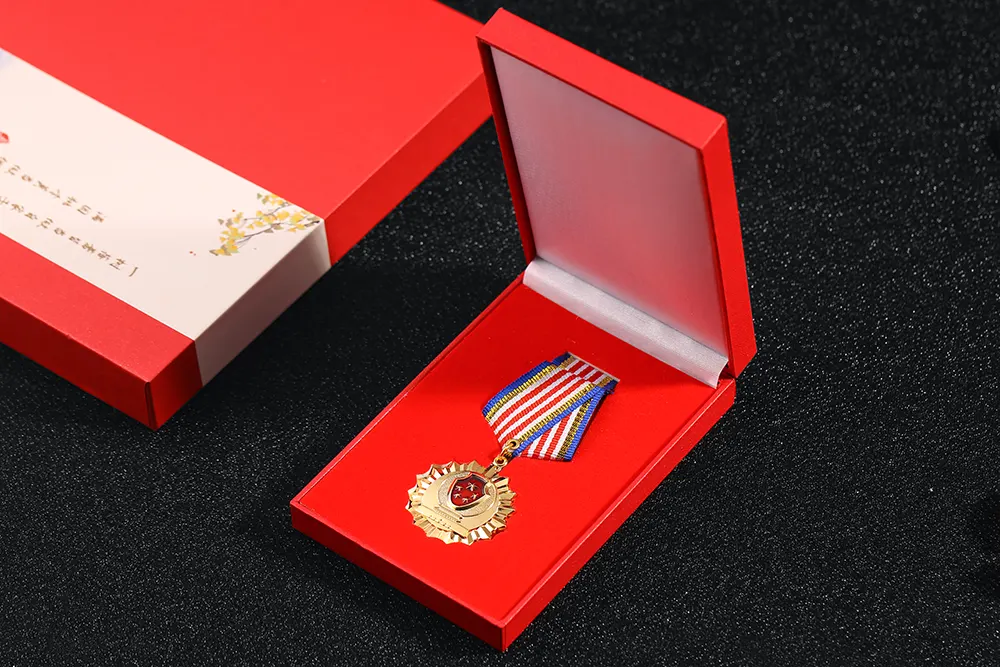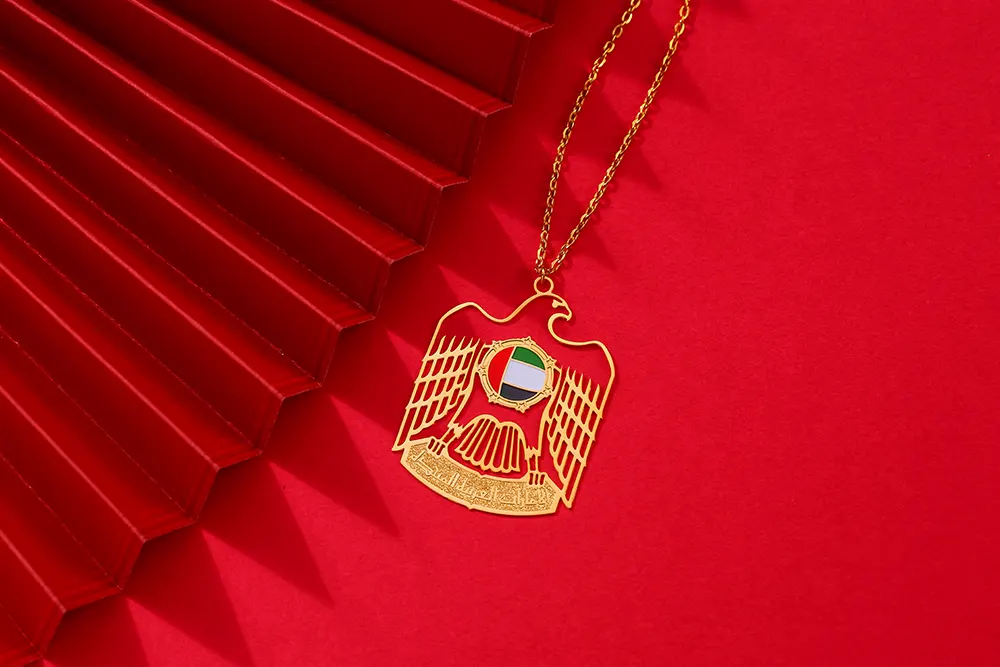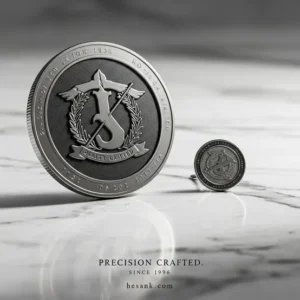Military медали and ribbons represent more than decorative pieces on a uniform—they tell the story of service, sacrifice, and achievement. Each colorful ribbon and gleaming medal carries specific meaning, recognizing everything from combat heroism to years of dedicated service. For service members, veterans, and civilians alike, understanding these distinctions helps honor the experiences and contributions of those who serve.
What Are Military Ribbons and Medals?
Military ribbons are cloth devices worn on uniforms to represent awards, medals, and commendations. While medals themselves feature detailed designs with medallions hanging from ribbons, the ribbon-only versions allow service members to wear their honors more practically during regular duty. The full medal is typically reserved for formal occasions and dress uniforms.
Each branch of the United States Armed Forces—Army, Navy, Air Force, Marines, Coast Guard, and Space Force—maintains its own award system, though many medals cross service boundaries. The colorful patterns on ribbons aren’t arbitrary; each combination of colors, stripes, and arrangements corresponds to a specific award with its own criteria and significance.
Categories of Military Awards
Military awards generally fall into several distinct categories, each recognizing different aspects of service:
Combat Decorations
These honors recognize valor and heroism in combat situations. The Medal of Honor stands as the highest military decoration, awarded for conspicuous gallantry and intrepidity at the risk of life above and beyond the call of duty. Other combat decorations include the Distinguished Service Cross, Navy Cross, Air Force Cross, Silver Star, and Bronze Star Medal with “V” device for valor.
Non-Combat Medals and Service Awards
Not all significant military contributions occur in combat zones. Non-combat medals recognize exceptional service, achievement, and meritorious conduct. The highest non-combat medal varies by service branch, but examples include the Defense Distinguished Service Medal, Legion of Merit, and Distinguished Flying Cross when awarded for non-combat achievement. The Soldier’s Medal, Navy and Marine Corps Medal, Airman’s Medal, and Coast Guard Medal specifically recognize heroism in non-combat situations, often involving the saving of lives.
Медали за службу и участие в кампаниях
These awards commemorate participation in specific military operations, campaigns, or periods of service. Examples include the Global War on Terrorism Service Medal, Iraq Campaign Medal, Afghanistan Campaign Medal, and various service ribbons that mark deployment to particular regions or during specific timeframes.
Награды подразделения
Some ribbons recognize collective achievement, awarded to entire units for exceptional performance. The Presidential Unit Citation, Meritorious Unit Commendation, and various unit excellence awards fall into this category.
Common Military Ribbons and Their Meanings
Purple Heart
The Purple Heart features a purple ribbon with white edges. This medal is awarded to service members wounded or killed in action against an enemy or as a result of enemy action. It represents sacrifice in the most literal sense and is one of the most recognized military honors.
Медаль за службу национальной обороны
This ribbon displays yellow, red, and blue stripes. It’s awarded to service members who served honorably during designated periods of national emergency, including the Global War on Terrorism. Many service members receive this as one of their first awards.
Good Conduct Medal
Each service branch has its own version, but all recognize exemplary behavior, efficiency, and fidelity. The Army Good Conduct Medal features a red ribbon with three white stripes, while the Navy version shows red edges with a navy blue center.
Army Service Ribbon
Often the first ribbon an Army soldier receives, this orange-gold ribbon with green and white stripes is awarded upon completion of initial entry training. It marks the beginning of a military career.
Global War on Terrorism Service Medal
This ribbon features blue and yellow stripes with red edges. It recognizes service members who participated in or supported operations related to the Global War on Terrorism, even if not deployed to a combat zone.
How to Read a Military Ribbon Display
Ribbons are arranged on a uniform in a specific order of precedence, with the highest-ranking awards positioned closest to the heart. The top row contains the most prestigious decorations, typically combat medals and high-level service awards. Subsequent rows display ribbons in descending order of importance.
Small devices attached to ribbons provide additional information. Stars indicate multiple awards of the same decoration. Oak leaf clusters serve the same purpose for Army and Air Force personnel. The “V” device denotes valor in combat, while “C” indicates combat participation. Numerals may indicate the number of times an award was received or the campaign level achieved.
Branch-Specific Ribbons
While many medals are joint-service awards, each military branch maintains unique ribbons and medals. The Army Achievement Medal features a green ribbon with white and orange stripes. The Navy and Marine Corps Achievement Medal displays a green and orange design. The Air Force Achievement Medal shows blue with narrow yellow stripes. Understanding these distinctions helps identify not only what a service member accomplished but which service they represented while doing so.
A Moment from the Field
During a ceremony I attended at Joint Base Lewis-McChord, a young specialist received her first Army Commendation Medal for meritorious service during a humanitarian mission. As the commander pinned the green and white striped ribbon to her uniform, I watched her grandmother wipe away tears. After the ceremony, the specialist explained each ribbon she wore to her family—the campaign medal from her deployment, her Good Conduct Medal, the Army Service Ribbon from basic training. What struck me most was how she described not the colors or regulations, but the people she served alongside and the mission each ribbon represented. That conversation reinforced an important truth: ribbons are symbols, but the real story lives in the service member who wears them.
Эволюция военного признания
The American military award system evolved significantly over time. Early American forces had few formal decorations. The Badge of Military Merit, created by George Washington in 1782 and predecessor to the Purple Heart, was among the first. The Medal of Honor, established during the Civil War, became the foundation for the modern system. The twentieth century saw rapid expansion of awards as military operations grew more complex and the need to recognize diverse contributions became apparent.
Today’s system balances tradition with modern military realities. Recent additions include the combat action badges and ribbons that formally recognize service members who engaged enemy forces, addressing a long-standing gap in recognition for those in combat who might not qualify for traditional valor awards.
Understanding Award Criteria
Each military decoration has specific eligibility requirements outlined in service regulations. Combat awards require documentation of actions under fire, typically supported by witness statements and after-action reports. Service awards often depend on time requirements, geographic service locations, or participation in designated operations. Achievement and commendation medals recognize superior performance of duties, with different levels corresponding to the impact and scope of contributions.
The approval process varies by award level. Unit-level awards may be approved by commanders, while higher decorations require approval from service secretaries or the President. This tiered system ensures appropriate scrutiny while allowing timely recognition.
Иностранные награды и ордена
American service members sometimes receive awards from allied nations for service in coalition operations or training missions. Acceptance of these foreign decorations requires approval and must comply with Department of Defense regulations. When authorized, foreign awards are worn after all U.S. military decorations, typically in a separate section of the ribbon rack.
Respecting Military Honors
Understanding military ribbons and medals helps civilians show appropriate respect for veterans and active-duty personnel. Each ribbon represents accomplishment, sacrifice, or both. The Stolen Valor Act makes it illegal to fraudulently claim receipt of certain military decorations, recognizing that these honors belong exclusively to those who earned them through service.
When meeting veterans, many appreciate interest in their service, though not all wish to discuss their experiences. If someone shares information about their ribbons and medals, listening respectfully honors their service far more than any memorized list of awards could.
Resources for Learning More
For those seeking detailed information about specific awards, each service branch maintains comprehensive resources. The Institute of Heraldry serves as the official repository for military awards and provides detailed information about designs, criteria, and history. Service member records, available through the National Archives, document individual awards for veterans and their families researching military history.
The Meaning Behind the Colors
The specific colors chosen for military ribbons often carry symbolic meaning. Blue frequently represents the sea or sky, appropriate for naval and air forces. Green symbolizes terrain and ground forces. Red commonly indicates bloodshed or valor. Yellow or gold represents excellence and honor. These color choices, combined with specific patterns and arrangements, create instantly recognizable symbols that convey honor and achievement without words.
Заключение
Military ribbons and medals form a visual language that communicates service, sacrifice, and achievement. From the purple ribbon that marks wounds received in service to the colorful arrays that chronicle deployments and accomplishments, each element tells part of a larger story. Understanding these symbols enriches our appreciation for those who serve and helps preserve the memory of their contributions. Whether you’re a service member learning to properly wear your awards, a family member honoring a veteran’s legacy, or a civilian seeking to better understand military culture, knowledge of medals and ribbons connects us to the experiences and values these decorations represent.
The next time you see a service member in uniform, those small ribbons above their pocket carry profound meaning—each one earned through dedication, skill, or sacrifice in service to the nation. They deserve our recognition and respect.


































